If you are an Amazon seller looking to increase your sales and maximize your profits, then mastering the art of Amazon bidding is crucial.
Table of Contents
With the increasing competition on the platform, it has become more important than ever to have effective bidding strategies in place. Not only do they help you win the auction, but they also ensure you get the best return on your investment.
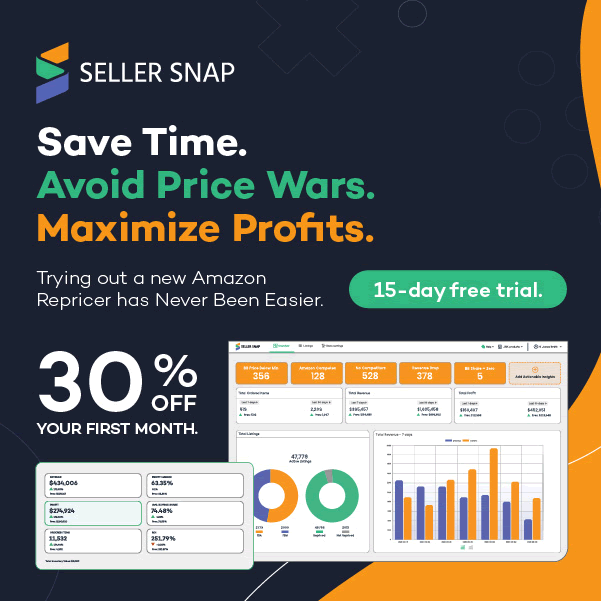
In this article, I will discuss the key strategies for success and optimization around Amazon bidding, as well as answer some commonly asked questions about how bidding works on the platform.
Your key takeaway will be learning how to boost your sales on the world's most visited online marketplace through an effective advertising game plan.
Understanding the Basics: How Does Bidding Work on Amazon?
This brief introduction is for those new to selling on Amazon or just starting to explore the world of Amazon advertising bidding. Veteran Amazon sellers familiar with the platform’s process can skip to the next section.
Bidding is the manner by which sellers compete for ad placements, and it plays a vital role in determining the visibility and success of your product listings. The Amazon PPC bidding strategy (Pay-Per-Click) makes your product listings show up when shoppers search for the keyword(s) you’re targeting.
When you create an ad campaign on Amazon, you have the option to set a bid for each keyword or product you want to target. This bid represents the maximum amount you are willing to pay for a click on your ad.
Note that you won't necessarily have to pay your full bid for every click. Amazon's bidding system is based on an auction-style format, albeit conducted virtually on the platform. On this “bidding site,” you pay only the minimum amount required to beat the next highest bidder.
There are four bidding options on Amazon: fixed, dynamic, rule-based, and bid plus. Let’s dive into their respective details.
What Are the 4 Smart Bidding Strategies?
When you comprehend the details of your bidding options, you will be able to arrive at an informed decision on the one that best fits your budget and risk level. Then, you can stay ahead of the competition, maximize your profits, and take your Amazon ad campaign to new heights.
1. Fixed Bidding
Fixed bids allow you to manually set a specific bid amount for each keyword or product target. It is the most straightforward and traditional Amazon bidding strategy and allows you to have full control over your bidding and budget allocation.
This strategy works well if you have a clear understanding of your target audience and their search habits.
2. Dynamic Bidding
If you're looking for a more automated approach, Amazon dynamic ads is the way to go. It’s recommended for sellers with limited knowledge about their target audience or those with no time to manage individual Amazon bids.
Under this strategy, Amazon adjusts your bids based on the likelihood of a conversion. The probability is calculated using the massive amount of customer data stored on the platform. Factors such as the customer's search query and device type are taken into account to optimize your bidding.
3. Rule-Based Bidding
For those wanting complete control over their Amazon campaign bidding strategy, rule-based bidding is the best option. It's a powerful tool that allows you to target specific times or days when your target audience is most active on the platform.
You get to set custom bid adjustments based on specific criteria, such as the day of the week or the time of day. You also have the flexibility to optimize your Amazon bids and ad spend for maximum efficiency.
4. Bid Plus
To increase your chances of winning top ad placements, choose Bid Plus. This valuable feature offered by Amazon automatically increases your bid by up to 50% for eligible auctions, resulting in higher visibility and greater potential for sales. Bid Plus can be especially beneficial for competitive categories or during peak shopping periods.
By understanding and implementing these smart strategies, you can effectively optimize your Amazon advertising bidding campaigns and achieve better results. Experiment with two or three of them to find what works best for your products and target audience.
5. Other strategies
Those are the fourth we'd recommend but, of course, there are other strategies. If you check out Adspert and other Amazon PPC tools, their bidding strategies may vary depending on your campaign's goal: ACoS optimized, CPO, Cost per month, CPC, ROI… most of the tools.
Most tools ask you for custom settings when you are going to launch a campaign. Generally, the max average cost per click, the daily budget and your goal, which is usually an ACoS target or a ROAS target.
Key Techniques for Successful Amazon Bidding
Now, it's time to take your Amazon ad campaign to the next level. Elevating your Amazon bidding game requires a combination of strategic thinking, data analysis, and continuous optimization.
Here are some tips and tactics to help you make the grade:
Conduct Thorough Keyword Research
Keywords are the foundation of effective Amazon advertising campaigns. Take the time to identify relevant and high-performing keywords for your products that will attract your target audience.
There are numerous onsite and third-party digital tools you can use for this purpose, such as:
- Amazon's Keyword Tool (results shown on the search bar)
- Google FBA Keyword Research Tool
- Helium 10
- Sellics
- SellerApp
Optimize Your Product Listings
Aside from benefiting your Amazon ads, the time you invest in keyword research should also be put to good use in your product titles, bullet points, product descriptions, and backend. Optimize them with keywords not only to draw in organic traffic but also to improve your bidding performance.
Remember, though, that optimization isn’t all about keywords alone. Your content must also be well-written, using persuasive language. The image bar of your listings should display professionally photographed product images to capture the attention of potential customers.
You can use tools such as Helium 10 Listing Builder, Jungle Scout's Listing Builder or even ChatGPT, as we discussed back in the day in this interview at EcommerceVilla
Monitor and Analyze Performance Metrics
Pay attention to these metrics:
- Click-Through Rate (CTR) – the number of times shoppers visit your product listings by clicking your ads
- Conversion Rate – the ratio of product purchase versus CTR
- Cost Per Click (CPC) – the price you pay each time your ad is clicked
Identify trends, patterns, and areas of improvement to make data-driven decisions and optimize your bidding strategy accordingly.
Ensure monitoring and analyzing your campaigns are a regular activity so you can make informed adjustments when your selected bidding strategy doesn’t deliver as expected.
Test and Experiment with Different Bidding Strategies
Don't settle for just one Amazon bidding strategy, even if it already works well. The others could yield better results, and the only way you’d know is by trying them. However, give each one time before jumping on to the next.
I recommend testing the fixed and dynamic bidding strategies one after the other and then applying the Amazon rule-based bidding to target specific times or days when your potential buyers are most active. Over time, you’ll master the three and be confident to combine them according to your products and their respective target audiences.
Always keep an eye on your ad spends and return on investment (ROI) to ensure your campaigns are profitable.
Leverage Ad Placement Optimization
Ad placement optimization is a powerful technique to increase the visibility and success of your Amazon ads.
Consider using Bid Plus to increase your chances of winning top ad placements and capturing the attention of potential customers. Carry out trials on various bid adjustments and ad placement strategies to find the optimal balance between visibility and cost-effectiveness.
Advanced Optimization Tips and Tricks for Amazon Bidding
When you have implemented the four smart bidding strategies, you’ll be ready to climb up the higher rungs of bidding, maximize your profits, and achieve even better results with your Amazon ad campaigns.
Refine Your Targeting
All the data you accrue from the advertising activities you conduct on Amazon are stored in your Seller Central account. Careful analysis of the numbers will show patterns and trends that indicate the shopping behavior of your potential buyers.
From this historical campaign data, you can identify the keywords and product targets driving the most conversions and sales. Focus your bidding efforts on these high-performing targets to maximize your ad spend and hit the highest ROI.
Pro tip: Sponsored Display campaigns are great to discover new audiences. Amazon's Internal Market (in-market) is one of the biggest databases to find new targets
Optimize Your Product Feed
Your product feed should be perpetually competitive in the ever-changing landscape of Amazon. New players will always emerge, constant innovations are inevitable, and Amazon itself is known for periodic policy and algorithm updates.
This means optimizing your product listings isn’t a set-and-forget task. Regularly check whether your suppliers have changed any specifications to ensure the information in the bullet points and description sections is still accurate. Do the same for the images.
And, of course, routinely refresh your keywords list. Discard non-performing words and phrases and rewrite your content to accommodate new high-performing ones.
A well-optimized product feed can improve your ad quality score, resulting in better ad placements and lower costs.
Utilize Negative Keywords
Negative keywords are those you don't want your ads to appear for but are showing up on your keyword research. For instance, if you’re selling designer bags, the following search terms would be irrelevant: cheap bags, outlet bags, no brand bags.
Adding negative keywords to your campaigns ensures that your ads show only to the most relevant audience. This refines your targeting, improves your CTR and conversion rate, and reduces wasted ad spend.
Leverage Remarketing
Remarketing is a powerful strategy for reaching out to shoppers who have previously interacted with your products or visited your Amazon store. They may or may not have purchased your items, but you can safely assume they’re interested in what you offer.
By targeting these warm leads with tailored ads, you increase your chances of converting them into customers or returning buyers. Use Amazon's remarketing features to create customized ads and bidding strategies for these high-potential customers.
Pro tip: Sponsored Display's remarketing features work like a charm but you can have a better control of your remarketing outside Amazon using tools such as PixelMe, which work for off-Amazon retargeting and are integrated with Amazon Attribution
Monitor Your Competitors
Keep a close eye on your competitors' bidding strategies and performance. Analyze their keywords, ad placements, and pricing to identify areas where you can gain a competitive advantage. Then, adjust your bidding strategy accordingly to outperform them and steer customers from their product listings to yours.
Remember, a successful Amazon bidding strategy requires constant monitoring, analysis, and optimization. Regularly review your campaign performance metrics and make data-driven adjustments to your bidding strategy. Experiment with different bidding options, ad formats, and targeting strategies to find the combination that best sells your products and targets your intended audience.
Be A Success Story with Lessons Learned
In the highly competitive world of Amazon bidding, failure is not rare. It is, however, a source of inspiration and valuable insights. Thousands of Amazon sellers who have mastered the art of bidding simply learn from their experiences.
But you can get there faster and less painfully by applying the methods I’ve outlined above and doing your due diligence.
Here are two action plans with a high probability of resulting in increased sales, improved visibility, and higher customer engagement:
Amazon Bidding Strategy #1
- Implement a comprehensive strategy that combines multiple approaches for maximum impact.
- Utilize Amazon’s rule-based bidding to optimize bids based on specific criteria such as time of day or customer search queries.
- Leverage remarketing to reach out to potential customers who have shown interest in your products.
Amazon Bidding Strategy #2
- Conduct thorough keyword research and optimize your product listings with relevant and high-performing keywords.
- Monitor and analyze your competitors' bidding strategies and adjust yours accordingly to gain a competitive advantage.
- Continuously analyze and optimize your campaigns to secure top ad placements and maximize sales. You can do this manually or using a tool for autopilot.
Software to automate your Amazon PPC bids
Through the years, we have reviewed a lot of tools to help you optimize and automate your bidings on the Amazon advertising campaigns. Check all of them on the Amazon PPC software category. Here are the ones we'd feature:

Learn more about Amazon bidding
Here are some resources we think you'd love if you want to go down the rabbit hole of PPC bid optimization:
- The PPC Den Podcast: hosted by the guys at Adbadger, an Amazon PPC optimization tool, Michael Erickson Facchin and his team
- Highway to Seller Podcast: hosted by ClearAds UK an Amazon PPC agency, Ariam Mehari and her team
- Destaney Wishon CEO & Co-Founder at BetterAMS, she's probably the best professional I know when it comes to Amazon Advertising. Her LinkedIn feed is full of golden nuggets
- Quartile webinars: both an agency and a software for Amazon Advertising, Quartile are the cream of the crops of PPC on Amazon
- “Amazon Ads Unleashed: Advanced Publishing and Marketing Strategies for Indie Author”, by Robert J. Ryan. I learned more reading this book than reading 10 “Ultimate Guide for Amazon PPC” posts. Trust me, advanced strategies you don't wanna miss
- “Ultimate Amazon Advertising Bible“, by Profit Whales. Another great book by 2 Amazon PPC beasts Oleksandr Nyezhnyk, Ihor Dubovetskyi, both working at Profit Whales, which used to be an Amazon PPC software back in the day and now it's a full service Amazon Ads agency
Final Thoughts
I cannot overstate the importance of a data-driven approach to Amazon bidding strategies. Big data is arguably the single propeller of this online marketplace’s #1 global status, undoubtedly making the Amazon world go round.
Combining different bidding strategies, optimizing product listings, applying remarketing techniques, and staying ahead of competitors are all based on scientific formulas of research and analytics.
As an Amazon seller, you, too, can achieve remarkable results on the platform by utilizing online advertising tools for keyword research, ads management, and profit calculation.
Just remember to stay up to date with the latest industry and Amazon trends and changes. Also, never stop learning and experimenting.
Happy bidding!
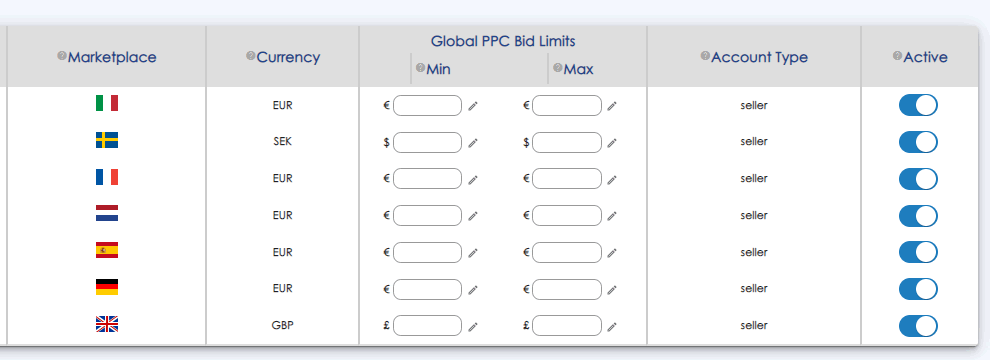
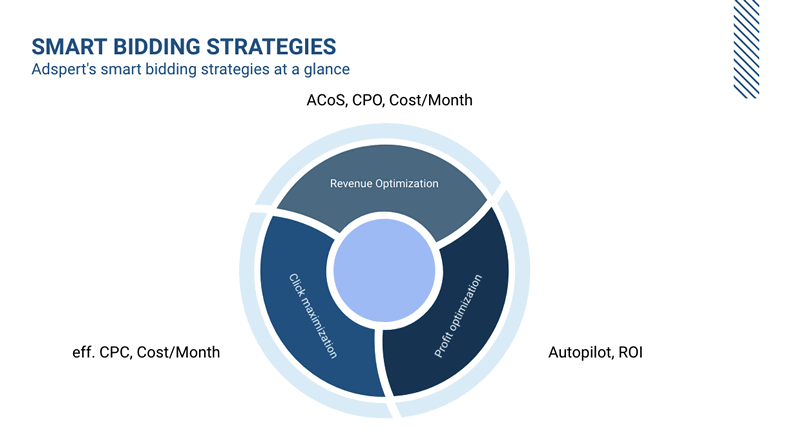
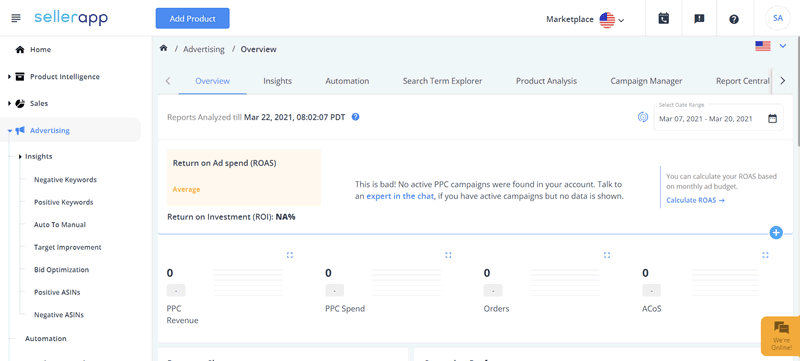

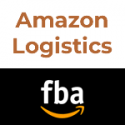
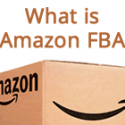
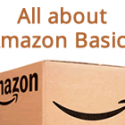


Is it just me or does fixed bidding sound too rigid? I prefer the excitement of dynamic bidding!
I actually prefer to handle biddings with some rules and an external software like PPC Entourage. Check it out https://jordiob.com/amazon-tools/ppc-entourage/
I dont get why anyone would use fixed bidding on Amazon. Dynamic all the way! 🤷♂️
There’s always someone, man
Is it just me or does anyone else find the whole bidding thing on Amazon confusing AF? 🤷♀️
it’s not that difficult if you follow the steps hahaha!